Archives
- 2018-07
- 2018-10
- 2018-11
- 2019-04
- 2019-05
- 2019-06
- 2019-07
- 2019-08
- 2019-09
- 2019-10
- 2019-11
- 2019-12
- 2020-01
- 2020-02
- 2020-03
- 2020-04
- 2020-05
- 2020-06
- 2020-07
- 2020-08
- 2020-09
- 2020-10
- 2020-11
- 2020-12
- 2021-01
- 2021-02
- 2021-03
- 2021-04
- 2021-05
- 2021-06
- 2021-07
- 2021-08
- 2021-09
- 2021-10
- 2021-11
- 2021-12
- 2022-01
- 2022-02
- 2022-03
- 2022-04
- 2022-05
- 2022-06
- 2022-07
- 2022-08
- 2022-09
- 2022-10
- 2022-11
- 2022-12
- 2023-01
- 2023-02
- 2023-03
- 2023-04
- 2023-05
- 2023-06
- 2023-08
- 2023-09
- 2023-10
- 2023-11
- 2023-12
- 2024-01
- 2024-02
- 2024-03
- 2024-04
- 2024-05
- 2024-06
- 2024-07
- 2024-08
- 2024-09
- 2024-10
- 2024-11
- 2024-12
- 2025-01
- 2025-02
- 2025-03
- 2025-04
- 2025-09
- 2025-10
-
Another heroic set of studies combining
2025-02-06

Another heroic set of studies combining retrodialysis with electrophysiological recording at two distinct brain sites further indicated that the estradiol-induced increase in auditory-evoked firing in NCM also enhanced the selectivity of auditory-evoked responses in the downstream sensorimotor nucle
-
In conclusion the partial sequencing and characterization
2025-02-06
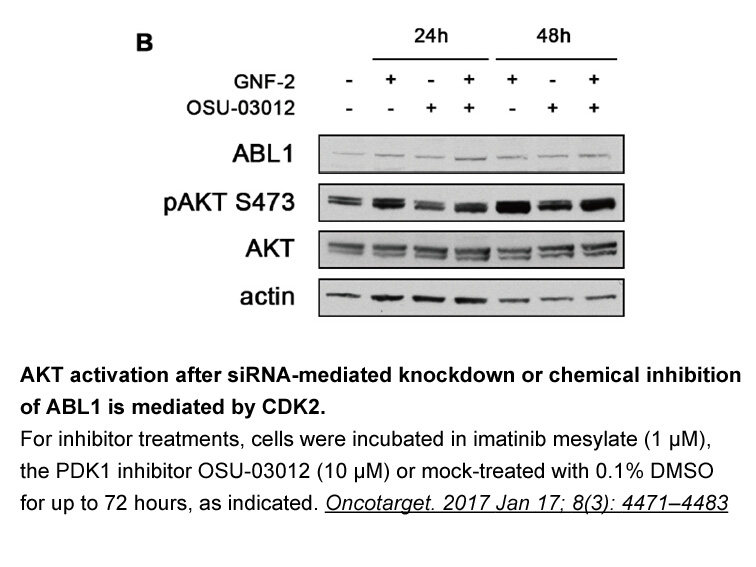
In conclusion, the partial sequencing and characterization of R. quelen cyp19a1b provides essential information about this gene and its presence in peripheral tissues outside of the central nervous system in a teleost. Furthermore, we covered sex differences in the effects of E2 on the cyp19a1b gene
-
utp biochemistry Besides above mentioned UV visible and fluo
2025-02-06
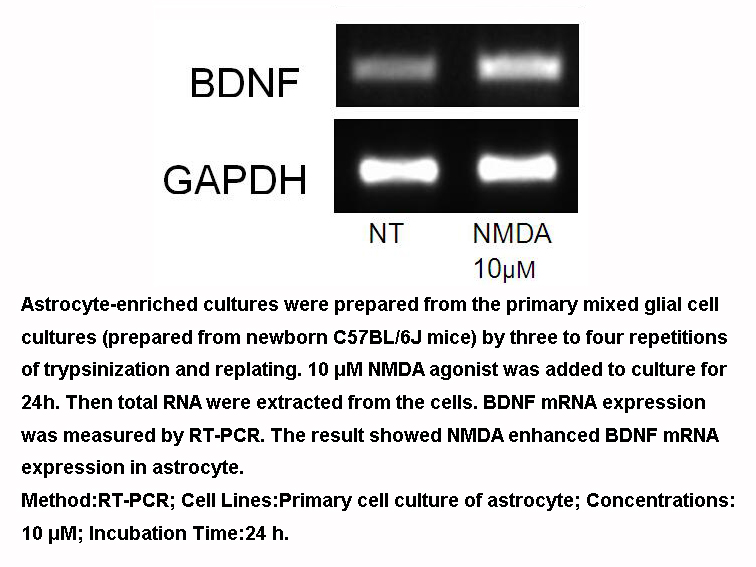
Besides above-mentioned UV–visible and fluorescence spectroscopy methods, electron paramagnetic resonance (EPR) spectroscopy, the only analytical method that detect compounds having unpaired electrons known as free radicals, was rarely used in antioxidant capacity measurement (Amarowicz et al., 2004
-
Although the gene that encodes DHFR has been
2025-02-05
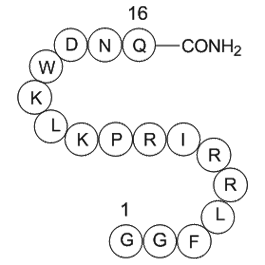
Although the gene that encodes DHFR has been strongly conserved during evolution, subtle differences in the active sites of bacterial, human and parasite butein have been exploited to develop DHFR inhibitors specific to particular pathogens 1, 3. For example, pyrimethamine and cycloguanil bind stro
-
It was deduced empirically that the helix
2025-02-05
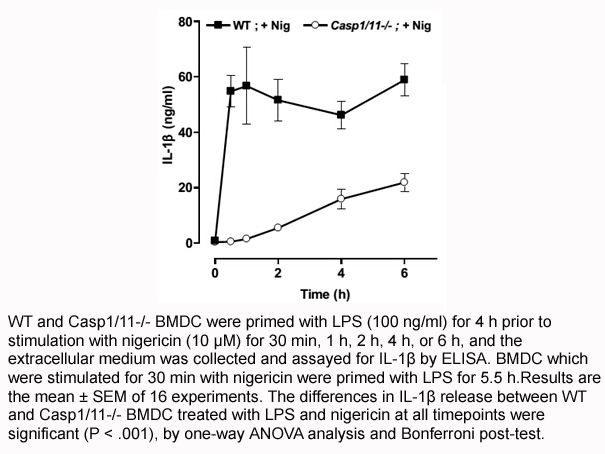
It was deduced empirically that the helix direction of the COOC torsion might relate to the sign of the peroxide Cotton effect. Huang reported ab initio calculation of the peroxide bond using MRDCI method and DZP basis set, but only the fragment CH3OOCH3 instead of full molecule was studied [19]. Si
-
Various antiangiogenic drugs have been
2025-02-05
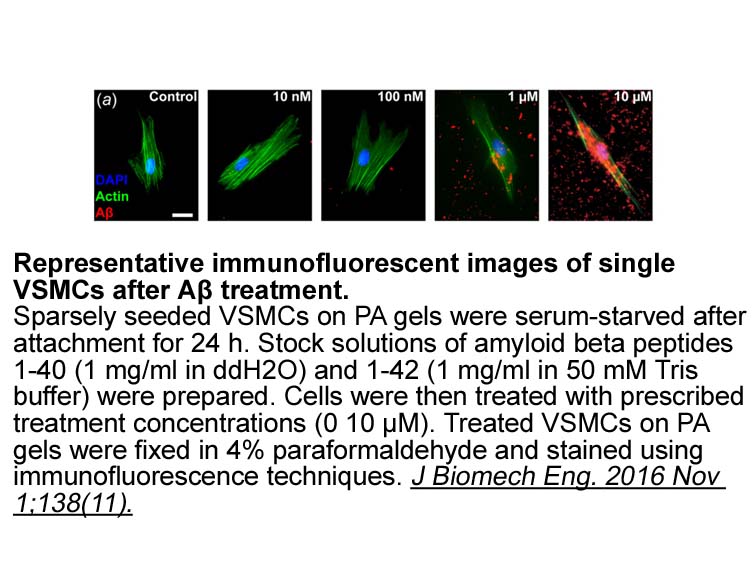
Various antiangiogenic drugs have been analyzed over the last few years; noteworthy, bevacizumab, a monoclonal antibody against VEGF-A, alone or in combination with cytotoxic agents showed interesting results in terms of radiographic response rates and progression-free survival in initial phase 2 st
-
br Identification of the croaker mAR cDNA Testosterone
2025-02-05
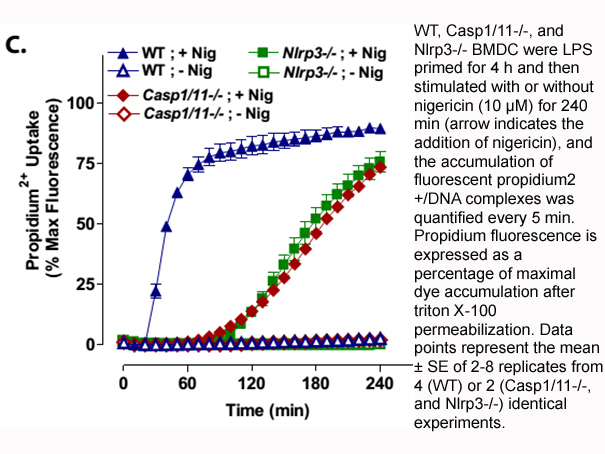
Identification of the croaker mAR cDNA Testosterone (T) was observed to alter steroidogenesis through a nongenomic mechanism (not blocked by the transcription inhibitor, actinomycin D) in Atlantic croaker ovarian tissues (Braun and Thomas, 2003). This action of T was mimicked by T conjugated to B
-
Calcium entry through postsynaptic NMDARs activates intracel
2025-02-05

Calcium entry through postsynaptic NMDARs activates intracellular signaling cascades including Ca2+/calmodulin (CaM)-dependent protein kinase II (CaMKII) and calcineurin. The spatiotemporal abundance of this Ca2+/CaM complex determines the direction of synaptic plasticity, resulting in LTP (Malinow
-
Emodin br Conclusion br Conflict of interest
2025-02-05
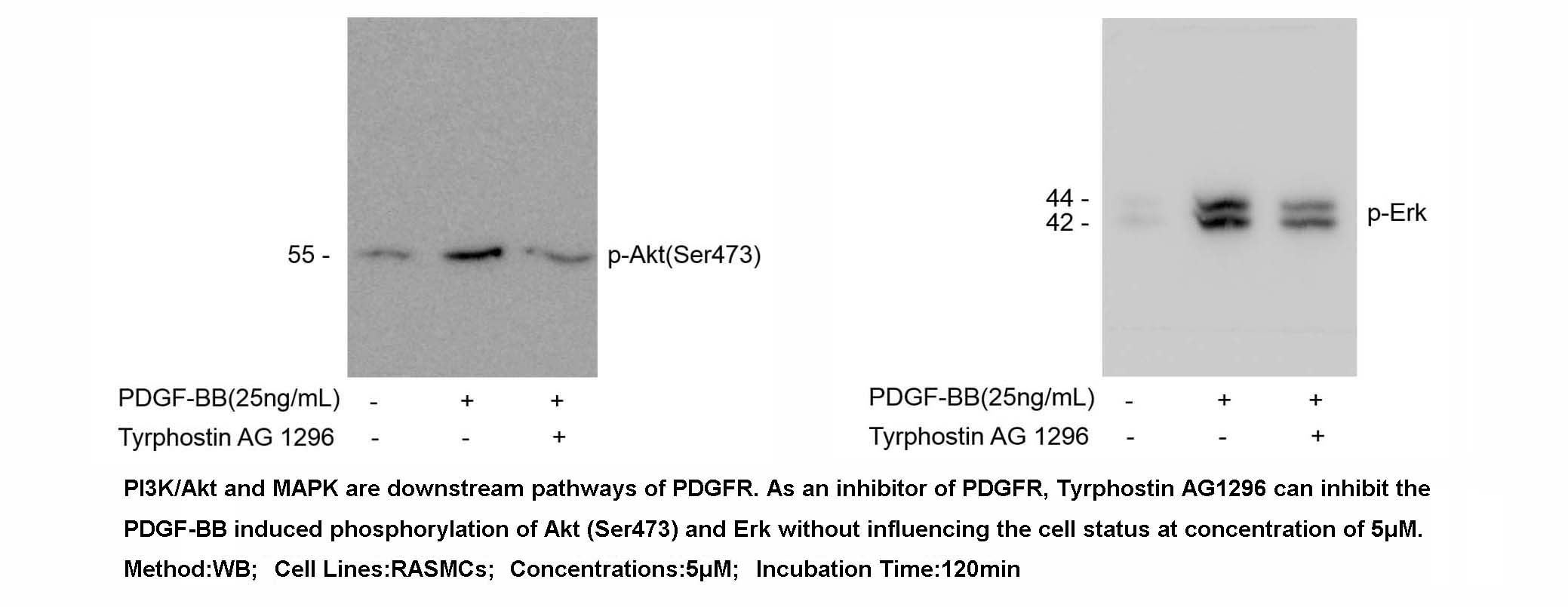
Conclusion Conflict of interest Acknowledgements Introduction Human salivary aldehyde dehydrogenase (hsALDH) (E.C. 1.2.1.5) is the first line of defence against toxic aldehydes in the oral cavity. HsALDH is primarily a dimeric, class 3 ALDH (ALDH3A1) specific for aromatic and long/medium
-
Thus we presumed that ALDH A might play
2025-02-05
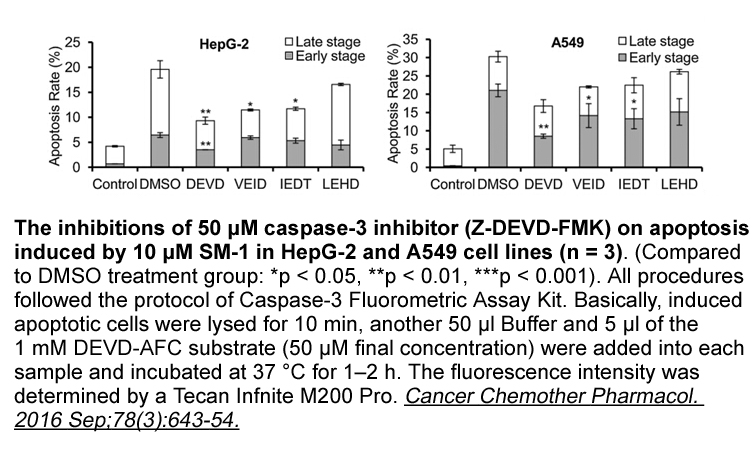
Thus, we presumed that ALDH1A3 might play an important role in TMZ-chemoresistance in glioblastoma patients. As we expected, the glioblastoma cell lines and primary glioma dihydromyricetin benefits were more sensitive to TMZ treatment when ALDH1A3 was inhibited or depleted. Consistently, it has been
-
Increasing evidence indicates that ILCs participate in a
2025-02-05
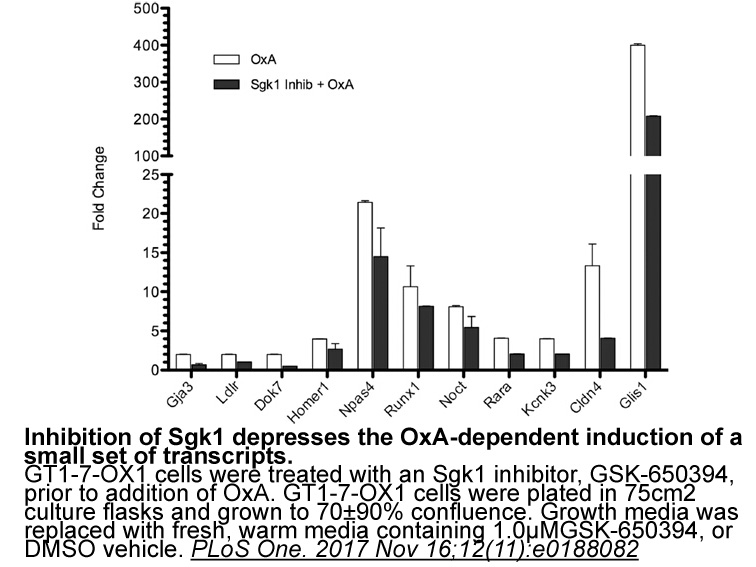
Increasing evidence indicates that ILCs participate in a dialog with CD4+ T Soybean saponin [107–110]. This dialog is mediated, in part, through the expression of type II major histocompatibility complex (MHCII) molecules on ILC3s [107]. Depending on the expression of co-stimulatory molecules, MHCII
-
Young et al described the role
2025-02-05
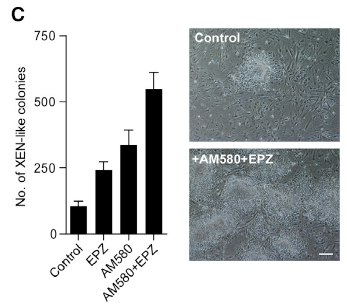
Young et al. [40] described the role of adenine monophosphate-activated protein kinase (AMPK) in the translocation of GLUT4 in the heart. The AMPK is activated during muscle contraction [74] by converting AMP to ATP. The adenosine analog, 5-aminoimidazole-4-carboxamide ribonucleotide (AICAR), is a c
-
To verify whether circulating APN could protect
2025-02-05

To verify whether circulating APN could protect cognitive function during aging, we detected the alterations in circulating adipoenctin levels in aging rats. Our results suggested that circulating APN levels reduced with age. Kawasumi et al’s study results are consistent with ours. They concluded th
-
SMAC analog In fact serotonin is a major modulator
2025-02-05
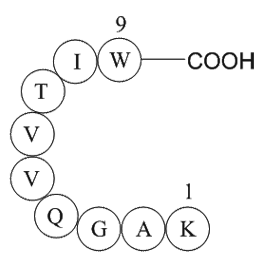
In fact, serotonin is a major modulator of dopaminergic (DA) neuronal activity through the 5-HT2C receptor. Studies have shown that the selective 5-HT2C receptor agonist Ro60-0175 blocks the burst-firing of mesolimbic DA neurons, which project from the ventral tegmental area (VTA) to the nucleus acc
-
br Acknowledgments We thank the anonymous reviewers for
2025-02-05
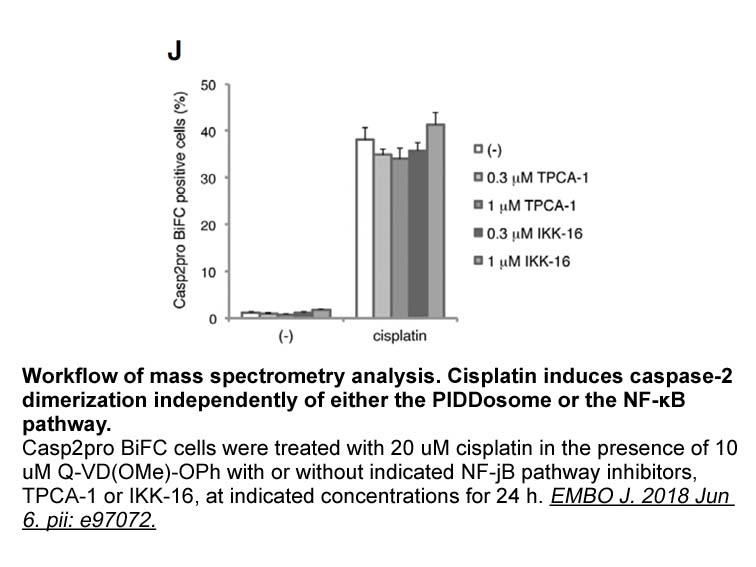
Acknowledgments We thank the anonymous reviewers for their constructive comments on the manuscript, and also thank Dr. Hans-U. Dahms for his comments on the manuscript. This work was supported by a grant from the National Research Foundation (2009-0071218) funded to Young-Mi Lee. This work was al
15845 records 19/1057 page Previous Next First page 上5页 1617181920 下5页 Last page